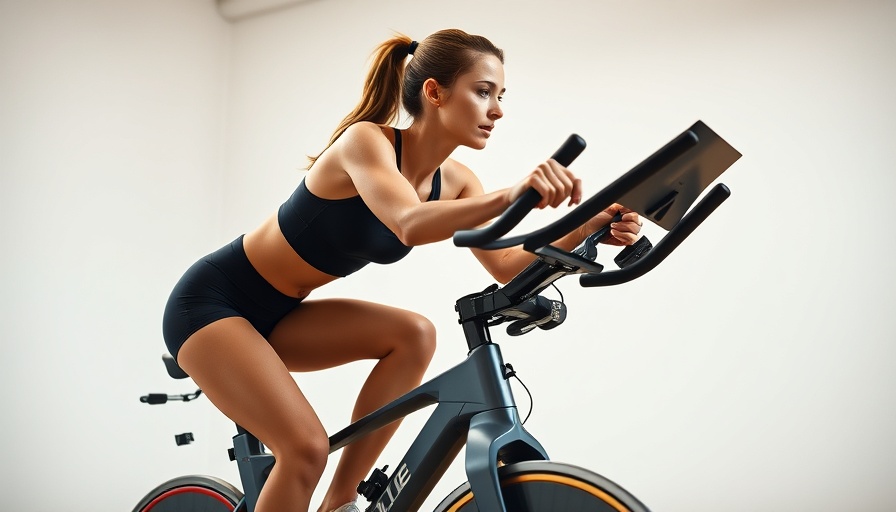
Unlocking Your Cycling Vocabulary: Essential Terminology for Indoor Biking
In the world of fitness, especially when it comes to cycling, understanding the terminology can be just as important as riding itself. Whether you're jumping onto a stationary bike for a quick workout or getting deep into competitive cycling, a solid grasp of cycling terms can enhance your experience and effectiveness. The following glossary breaks down essential cycling terms that every fitness enthusiast should know, setting you on the path to becoming a savvy indoor cyclist.
Pedals, Gears, and Cogs: The Basics Explained
Let’s start with the fundamental aspects of cycling equipment. Pedals are the interface through which you transfer power from your legs to the bike. Knowing the difference between clipless pedals—which lock your shoes onto the pedals for better power transfer—and regular pedals can significantly impact your riding efficiency.
The gears on your bike, including the size of the front chainring and the rear cogs, play a crucial role in determining how easy or difficult it is to pedal. Understanding gear ratios can help you tackle hills effectively and improve your cycling performance.
Why Heart Rate and Cadence Matter
When it comes to indoor cycling, your body’s response to the workout is critical. That's where heart rate monitoring becomes invaluable. By keeping track of your heart rate, you can gauge the intensity of your workout and ensure you are exercising within your target heart rate zone for optimal fat burning or cardiovascular benefits.
Equally important is cadence, the number of revolutions per minute (RPM) a cyclist pedals. Improving your cadence can lead to smoother rides and increased stamina. Many indoor cycling classes now focus on developing both heart rate and cadence for a well-rounded workout experience.
The Role of Resistance in Indoor Cycling
When you adjust the resistance on your indoor bike, you change how hard it is to pedal. This factor is crucial for simulating different terrains and adjusting the workout’s intensity. Familiarizing yourself with resistance levels can allow you to tailor your workouts to your personal fitness goals, whether you're in the mood for a strenuous hill climb or a flat, speedy ride.
The Importance of Hydration and Nutrition
No cycling glossary would be complete without considering nutrition and hydration. Staying hydrated during your indoor sessions is vital, as cycling can be intense, and you can quickly lose fluids. Keeping water handy and understanding how to replenish electrolytes can make a significant difference in performance.
Your diet also plays a huge role in your cycling performance. Learning about macronutrients—carbohydrates, proteins, and fats—can help you fuel your rides appropriately. Carbohydrates are particularly important as they provide the energy needed for sustained biking efforts.
Taking Your Indoor Cycling to the Next Level
Indoor cycling has evolved into a community-driven activity where enthusiasts can challenge each other and celebrate their successes. Understanding cycling terms elevates your participation, helping you communicate better with instructors and fellow cyclists. However, there’s more to it than just knowing the lingo. Use these terms to connect with others, participate in group rides, and even share tips on maximizing your workout.
Final Thoughts: Embrace the Journey
As you dive deeper into the realm of indoor cycling, allow these key terms to guide you. They will not only enhance your fitness regimen but also pave the way for a more connected cycling community. Remember, knowledge is power—so embrace learning, share your journey, and enjoy every pedal stroke!
Now that you’re equipped with this vocabulary, take the time to join a local class or sign up for virtual cycling sessions. The doors to the cycling community are wide open, inviting you to explore and grow!
 Add Row
Add Row  Add
Add 




 Add Row
Add Row  Add
Add 

Write A Comment